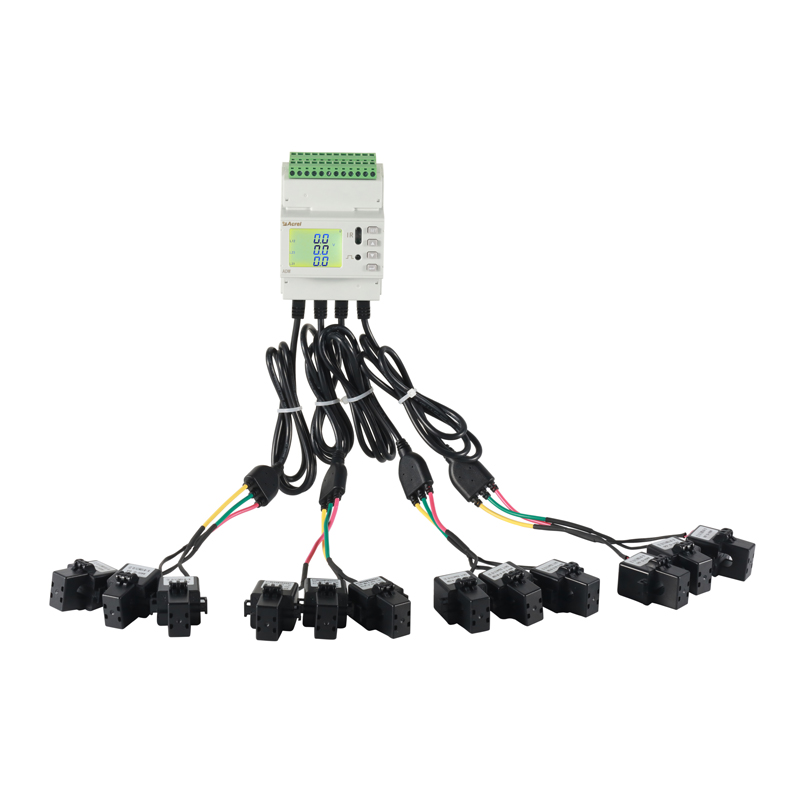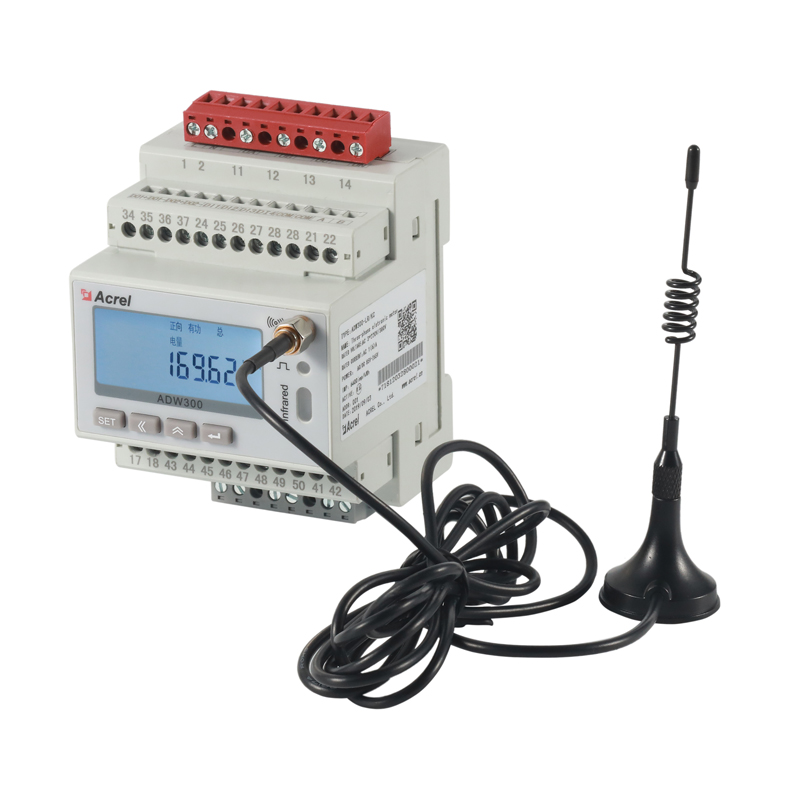In China, the agricultural Internet of Things has gradually developed into a new model of agricultural planting. Agricultural farming in all regions is centered on the agricultural Internet of Things. What are the technical characteristics of modern intelligent agriculture based on the solutions generated by the agricultural Internet of Things? ?
(1) Monitoring system:According to the information about plant growth environment obtained by wireless network, such as monitoring soil moisture, soil temperature, air temperature, air humidity, light intensity, plant nutrient content and other parameters. Other parameters can also be selected, such as pH, conductivity, etc. in the soil. Information collection, responsible for receiving data, storage, display and data management from the wireless sensor aggregation node, enabling all base test point information acquisition, management, dynamic display and analysis processing to be displayed to the user in an intuitive chart and curve. According to the feedback of the above various types of information, the agricultural park is automatically controlled by automatic irrigation, automatic cooling, automatic rolling, automatic liquid fertilizer application and automatic spraying.

Realize automatic information detection and control in the agricultural park, equipped with wireless sensor nodes, solar power supply system, information collection and information routing equipment, equipped with wireless sensor transmission system, each wireless sensor node is configured at each base point, and each wireless sensor The nodes can monitor parameters such as soil moisture, soil temperature, air temperature, air humidity, light intensity, and plant nutrient content. Other parameters can also be selected, such as pH, conductivity, etc. in the soil. Information collection, responsible for receiving data, storage, display and data management from the wireless sensor aggregation node, enabling all base test point information acquisition, management, dynamic display and analysis processing to be displayed to the user in an intuitive chart and curve. And provide various sound and light alarm information and SMS alarm information according to the needs of planting crops.
(3) Real-time image and video monitoring functions:The basic concept of the agricultural Internet of Things is to realize the network of relationships between crops and environment, soil and fertility in agriculture, and to achieve suitable growth environment conditioning and fertilization management of crops through multi-dimensional information and multi-level processing. However, as a person who manages agricultural production, the mere combination of numerical objects does not fully establish the suitable growth conditions for crops. Video and image monitoring provide a more intuitive representation of the relationship between objects. For example, which piece of land is short of water, only the moisture data can be seen on the IoT single-layer data. To what extent should it be irrigated, nor can it be decided to make decisions based solely on this one. Because the heterogeneity of the agricultural production environment determines the inherent disadvantages of agricultural information acquisition, it is difficult to break through from simple technical means. The reference of video surveillance intuitively reflects the real-time status of crop production. The introduction of video images and image processing can not only reflect the growth of some crops, but also reflect the overall state and nutritional level of crop growth. Farmers can be provided with a more scientific theoretical basis for planting decisions.
The implementation of the IoT smart agriculture Solution needs to be refined to each farm, so that the reliability is higher and the adaptability is higher. This not only improves the intelligent application, but also saves energy and protects the environment, and can be recycled, thereby reducing costs and improving efficiency. . The specific direction can be integrated into the following aspects:
1. Agricultural resources: Land resources, water resources and production materials can be effectively dispatched by high energy to achieve energy saving and high efficiency.
2, agro-ecological environment: make the ecological chain more abundant, soil, atmosphere, water quality, meteorology is more suitable for people to produce and live.
3, the agricultural production process: more intensive farming, the use of intelligent equipment to achieve green and healthy farming.
4, agricultural products and food safety: can achieve the production environment, post-production storage and processing, logistics and transportation, the entire supply chain real-time query.
5, equipment and facilities: can achieve information sharing, remote diagnosis, service scheduling.
The power Internet of Things combines various electrical measurement, metering, non-electrical measurement, protection and other instruments and equipment in the traditional power industry with the current popular Internet of Things technology, breaking the traditional networking, debugging, and application methods, making it more convenient for users to use related platforms. Intuitively see the comprehensive information of the target site. ADW series has ADW200, ADW300 two types of IoT power meter, corresponding to various industrial applications.
ADW200 rail type multi circuit IoT Energy Meter is mainly used for various three-phase power parameter measurement and active and reactive power measurement of low-voltage networks. At the same time, the current input of up to four circuits can be selected. three phase wifi energy meter has RS485 communication and 470MHz wireless communication functions. A variety of expansion modules are available to facilitate users to monitor, collect and manage electricity consumption. wireless smart energy meter can be flexibly installed in the distribution box to realize sub-item electric energy measurement, statistics and analysis for different areas and different loads.
ADW300 wireless energy meter is mainly used for the measurement of various electrical parameters of medium and low voltage networks and the measurement of active and reactive power. smart iot energy meter has RS485 communication and a variety of wireless communication options, which is convenient for users to monitor, collect and manage electricity consumption. lora energy meter can be flexibly installed in the distribution box to realize sub-item electric energy measurement, statistics and analysis for different areas and different loads.



three phase wifi energy meter,wireless smart energy meter,wireless energy meter,smart iot energy meter,lora energy meter
Jiangsu Acrel Electrical Manufacturing Co., LTD. , https://www.acrel.com.pk